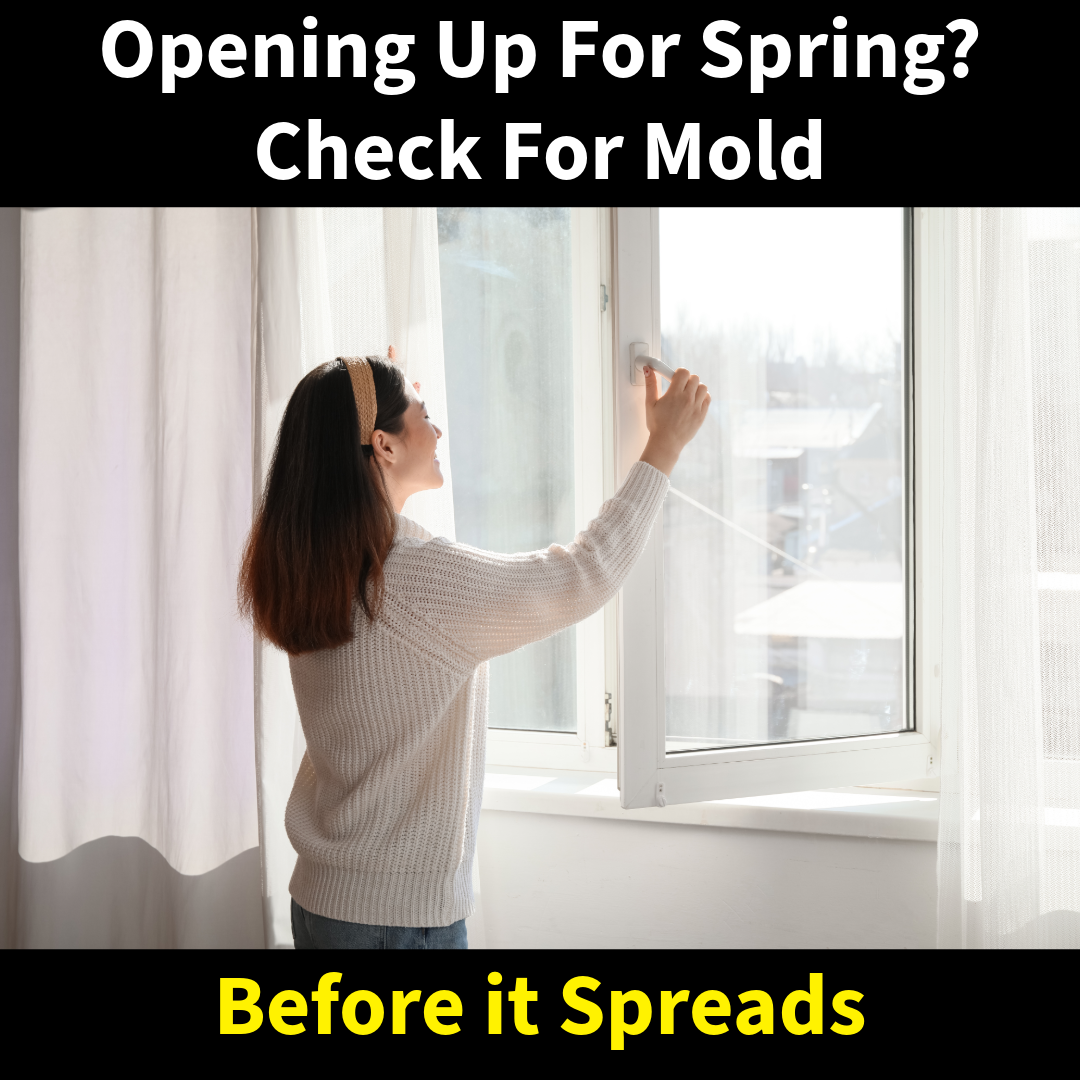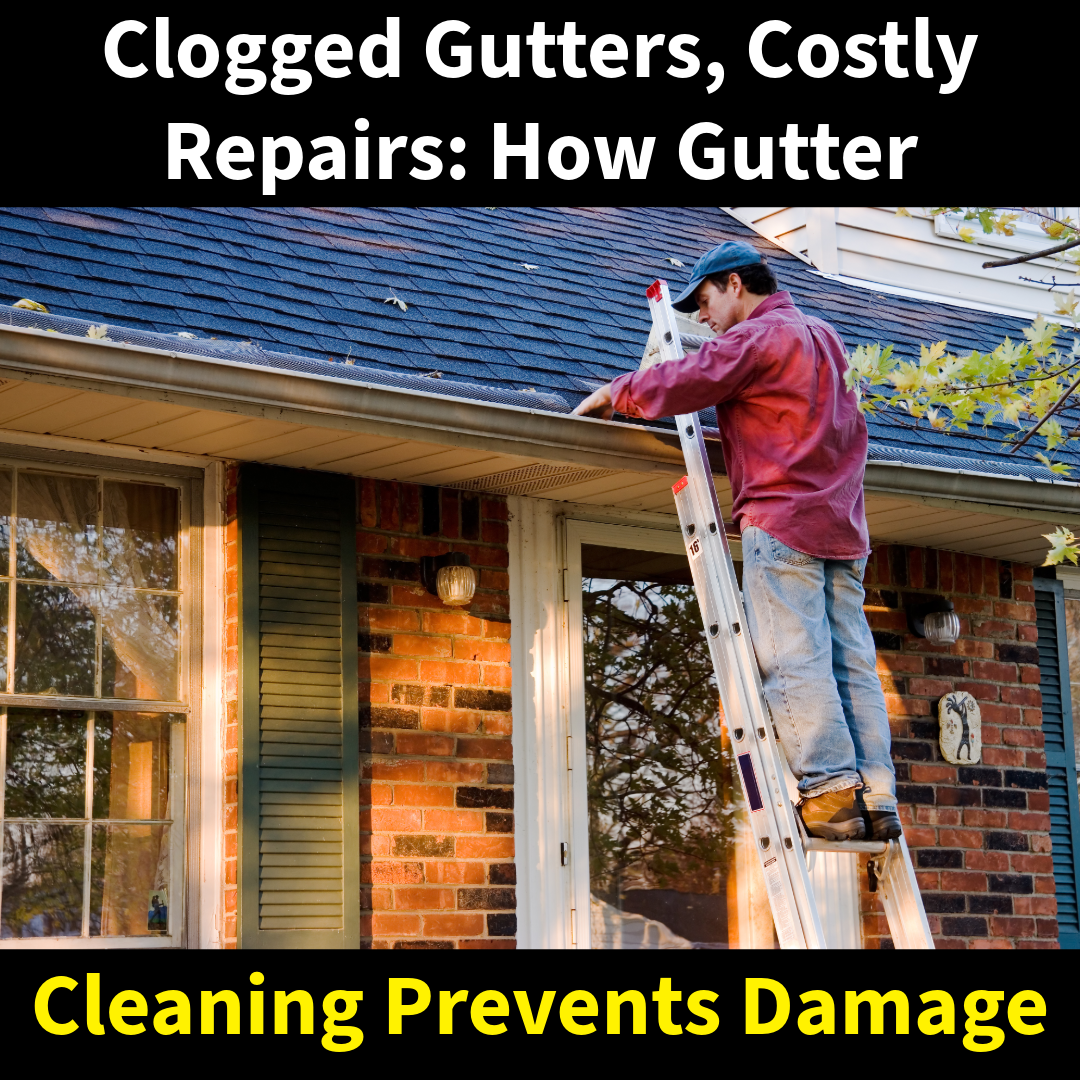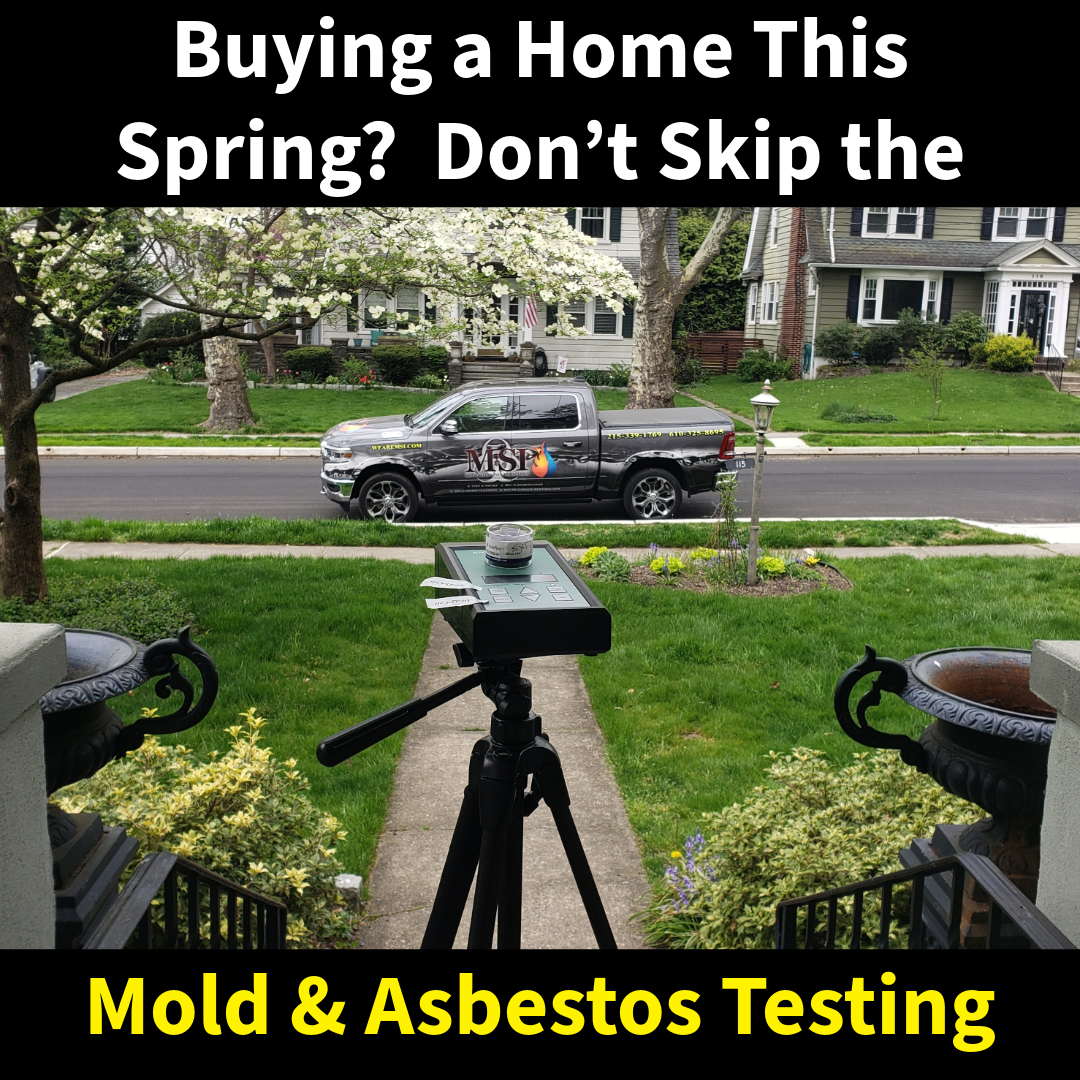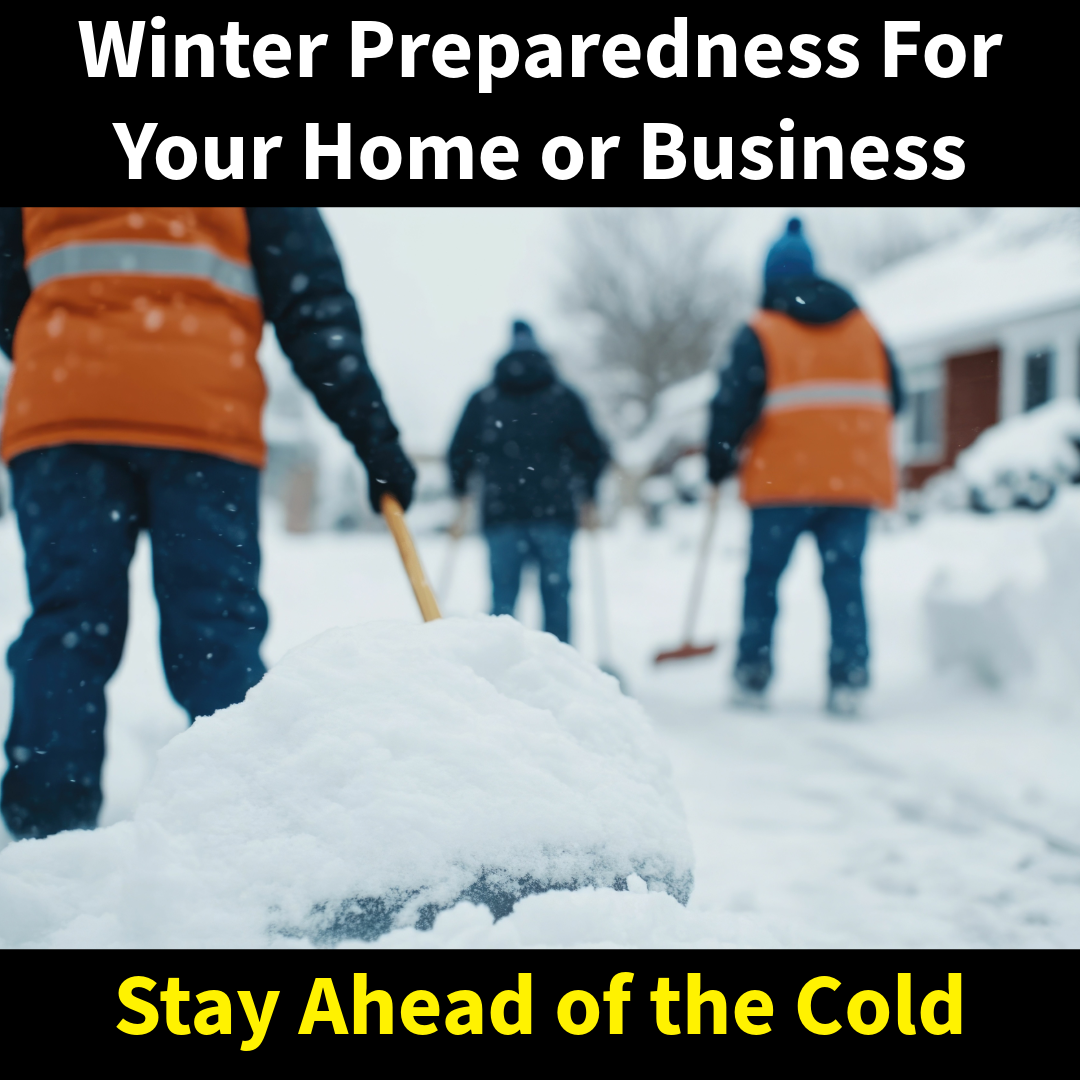Water damage can wreak havoc on your home, and one of its most persistent and hazardous consequences is mold growth. Mold can start growing within 24-48 hours after water exposure, causing health risks and structural damage if left unchecked. Fortunately, with prompt action and the right steps, you can prevent mold from taking hold in your home.
Here’s a comprehensive guide to preventing mold growth after water damage.
1. Act Fast: Time is Critical
Mold thrives in moist environments, so addressing water damage quickly is essential. The longer water sits, the more likely mold spores will spread and grow.
What to Do:
- Begin water removal immediately.
- Contact a professional restoration company if the damage is extensive.
2. Remove Standing Water
Standing water creates an ideal breeding ground for mold. Use tools like wet/dry vacuums, mops, and towels to remove as much water as possible.
Pro Tip: If the area is heavily flooded, call a professional for safe and efficient water extraction.
3. Dry the Area Thoroughly
Even after water is removed, damp materials and surfaces can still promote mold growth.
Steps to Take:
- Use fans and dehumidifiers to speed up the drying process.
- Open windows and doors to improve ventilation (weather permitting).
- Remove soaked carpets, padding, and furniture to dry them separately.
Key Tip: Monitor humidity levels using a hygrometer. Keep indoor humidity below 50% to inhibit mold growth.
4. Dispose of Unsalvageable Items
Some materials are difficult to dry completely and may need to be discarded to prevent mold.
Items to Watch:
- Water-damaged drywall and insulation.
- Carpets and rugs soaked for over 24-48 hours.
- Upholstered furniture and porous items like books or cardboard.
Pro Tip: Always follow local disposal regulations for damaged items.
5. Clean and Disinfect Affected Areas
Cleaning surfaces after water damage helps remove any mold spores that may have already settled.
What to Use:
- A mix of detergent and water for general cleaning.
- A solution of one cup of bleach to one gallon of water for hard surfaces (never mix bleach with ammonia or other cleaners).
Important: Wear protective gear, such as gloves and masks, when cleaning to avoid exposure to mold spores.
6. Inspect Hidden Areas
Mold often grows in hidden places, such as behind walls, under flooring, or in HVAC systems.
Key Areas to Check:
- Inside wall cavities.
- Underneath carpets and floorboards.
- Behind large furniture or appliances.
Tip: If you suspect mold in hidden areas, consider hiring a professional for a thorough inspection.
7. Replace and Repair Damaged Materials
Some materials, like drywall, insulation, and wood, can retain moisture even after drying. Replacing them reduces the risk of future mold growth.
What to Replace:
- Severely water-damaged drywall and insulation.
- Warped wood or compromised structural materials.
8. Prevent Future Water Damage
The best way to combat mold is by stopping water damage before it starts.
Preventative Measures:
- Fix leaky roofs, pipes, and appliances promptly.
- Ensure gutters and downspouts direct water away from your home.
- Seal windows, doors, and foundations to prevent water infiltration.
9. Use Mold-Resistant Products
When rebuilding after water damage, opt for mold-resistant materials to safeguard your home.
Options Include:
- Mold-resistant drywall.
- Mold-inhibiting paint.
- Moisture-resistant flooring.
10. Call in the Professionals
If the water damage is extensive or mold growth has already begun, it’s best to consult experts. Professional restoration companies have the tools, training, and experience to safely and effectively handle water damage and mold prevention.
Benefits of Professional Help:
- Industrial-grade drying and dehumidification equipment.
- Specialized cleaning solutions and techniques.
- Peace of mind knowing your home is safe and mold-free.
Why Mold Prevention Matters
Mold not only damages your home but can also pose significant health risks, including:
- Respiratory problems.
- Allergic reactions.
- Aggravation of asthma symptoms.
Preventing mold growth after water damage protects both your property and your family’s health.
We’re Here to Help
Dealing with water damage can be overwhelming, but you don’t have to face it alone. At Mold Solutions & Inspections, we specialize in water damage restoration and mold prevention, offering fast and effective solutions to protect your home.
Contact us today for expert assistance, and let us restore your home to its original condition—mold-free and safe!









